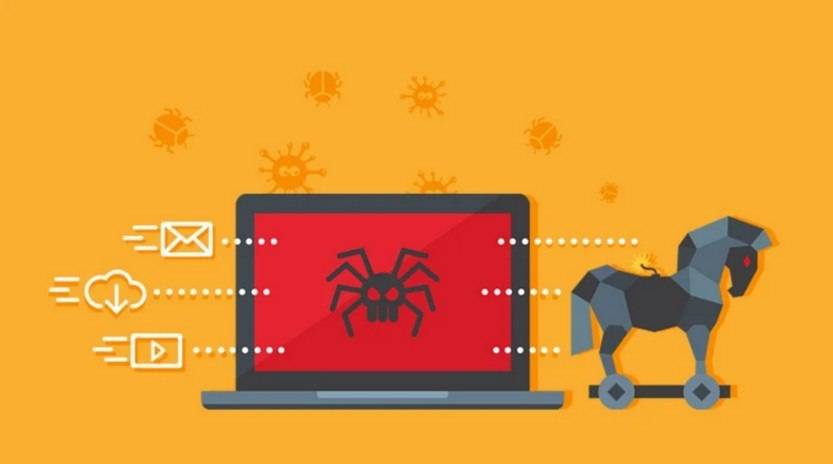Scams have become increasingly prevalent in the digital age, with fraudsters constantly finding new ways to deceive unsuspecting victims. One such scam that has gained traction recently is the ‘Brand New 2023 Toyota 4Runner’ Facebook scam. This article aims to provide a comprehensive overview of this scam, including what it is, how it works, what to do if you have fallen victim, technical details, and relevant statistics.

What is the ‘Brand New 2023 Toyota 4Runner’ Facebook Scam?
The ‘Brand New 2023 Toyota 4Runner’ Facebook scam is a fraudulent scheme that targets users on the popular social media platform, Facebook. The scam typically involves the creation of fake Facebook pages or posts that claim to offer a chance to win a brand new 2023 Toyota 4Runner, a highly sought-after SUV. These posts often include enticing images and descriptions to lure users into participating.
Once users engage with the scam by clicking on the post or providing their personal information, they are redirected to external websites or asked to complete surveys. These websites and surveys are designed to collect sensitive information, such as email addresses, phone numbers, and even financial details. In some cases, users may also be prompted to download malicious software onto their devices.
How Does the Scam Work?
The ‘Brand New 2023 Toyota 4Runner’ Facebook scam operates through various tactics to deceive users and extract their personal information. Here is a step-by-step breakdown of how the scam typically works:
- Creation of Fake Facebook Pages: Scammers create fake Facebook pages that mimic the appearance of legitimate Toyota or car giveaway pages. These pages often use official logos, images, and content to appear authentic.
- Engaging Posts: Scammers post enticing content, such as images of the 2023 Toyota 4Runner and captivating captions, to attract users’ attention and encourage them to participate.
- User Engagement: Users who are interested in winning the car are prompted to like, share, and comment on the post. This helps the scam gain visibility and reach a larger audience.
- Redirecting to External Websites: Once users engage with the post, they are redirected to external websites that claim to be official Toyota websites or survey platforms. These websites are designed to collect personal information from users.
- Data Collection: Users are asked to provide their personal information, such as name, email address, phone number, and sometimes even financial details. This information is then used for various malicious purposes, including identity theft and financial fraud.
- Malware Downloads: In some cases, users may be prompted to download software or applications to proceed with the giveaway. These downloads often contain malware or viruses that can compromise the security of users’ devices.
What to Do If You Have Fallen Victim?
If you have fallen victim to the ‘Brand New 2023 Toyota 4Runner’ Facebook scam or any similar scam, it is crucial to take immediate action to protect yourself and minimize the potential damage. Here are the steps you should follow:
- Change Your Passwords: Start by changing your passwords for all your online accounts, including social media, email, and banking accounts. Use strong, unique passwords that are difficult to guess.
- Scan for Malware: Run a thorough scan of your device using reliable antivirus software, such as Malwarebytes Free. This will help detect and remove any malicious software that may have been downloaded.
- Monitor Your Accounts: Keep a close eye on your bank statements, credit reports, and other financial accounts for any suspicious activity. Report any unauthorized transactions or identity theft to the relevant authorities.
- Report the Scam: Report the scam to the social media platform where you encountered it. This will help raise awareness and prevent others from falling victim.
- Educate Yourself: Stay informed about the latest scams and fraud techniques to protect yourself in the future. Be cautious when engaging with suspicious posts or providing personal information online.
Technical Details of the Scam
The ‘Brand New 2023 Toyota 4Runner’ Facebook scam utilizes various technical tactics to deceive users and collect their personal information. Here are some key technical details of the scam:
- Phishing Websites: Scammers create phishing websites that mimic the appearance of legitimate Toyota or survey platforms. These websites often use similar domain names and SSL certificates to appear authentic.
- Social Engineering: The scam relies on social engineering techniques to manipulate users into providing their personal information willingly. The enticing images, captions, and promises of winning a car play on users’ emotions and desires.
- Malware Distribution: Some versions of the scam prompt users to download software or applications to proceed with the giveaway. These downloads often contain malware or viruses that can compromise users’ devices.
- Exploiting Facebook’s Algorithm: Scammers take advantage of Facebook’s algorithm to increase the visibility of their posts. By encouraging users to like, share, and comment on the post, the scam gains more exposure and reaches a larger audience.
Statistics on Facebook Scams
Facebook scams, including the ‘Brand New 2023 Toyota 4Runner’ scam, have become a significant concern for both users and the platform itself. Here are some statistics that highlight the prevalence and impact of Facebook scams:
- According to a report by the Better Business Bureau, Facebook scams accounted for over $117 million in reported losses in 2020 alone.
- A study conducted by the University of California, Berkeley, found that Facebook scams are responsible for over 50% of all reported online fraud cases.
- In a survey conducted by NortonLifeLock, 1 in 10 Facebook users reported falling victim to a scam or fraud on the platform.
- Facebook reported removing over 1.3 billion fake accounts between October and December 2020, highlighting the scale of fraudulent activities on the platform.
Summary
The ‘Brand New 2023 Toyota 4Runner’ Facebook scam is a deceptive scheme that preys










